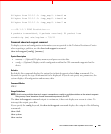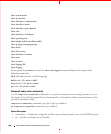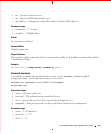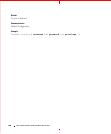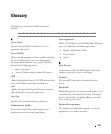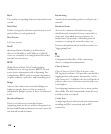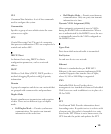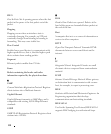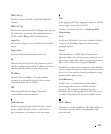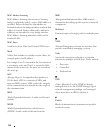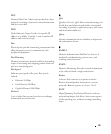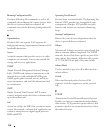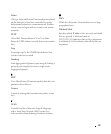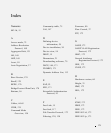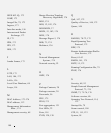
173
IEEE 802.1p
Prioritizes network traffic at the data-link/MAC
sublayer.
IEEE 802.1Q
Defines the operation of VLAN Bridges that permit
the definition, operation, and administration of
VLANs within Bridged LAN infrastructures.
Image File
The system image is saved in a Flash sector called
image.
Ingress Port
Ports on which network traffic is received.
IP
Internet Protocol.
Specifies the format of packets
and there addressing method. IP addresses packets
and forwards the packets to the correct port.
IP Address
Internet Protocol Address
. A unique address
assigned to a network device with two or more
interconnected LANs or WANs.
IPX
Internetwork Packet Exchange
. Transmits
connectionless communications.
J
Jumbo Frames
Enables transporting the identical data in fewer
frames. Jumbo Frames reduce overhead, lower
processing time, and ensures fewer interrupts.
L
LAG
Link Aggregated Group
. Aggregates ports or VLANs
into a single virtual port or VLAN.
For more information on LAGs, see Defining LAG
Membership
.
LAN
Local Area Networks.
A network contained within a
single room, building, campus or other limited
geographical area.
Layer 2
Data Link Layer or MAC Layer
. Contains the
physical address of a client or server station. Layer 2
processing is faster than Layer 3 processing because
there is less information to process.Layer 4
Establishes a connections and ensures that all data
arrives to their destination. Packets inspected at the
Layer 4 level are analyzed and forwarding decisions
based on their applications.
Load Balancing
Enables the even distribution of data and/or
processing packets across available network
resources. For example, load balancing may
distribute the incoming packets evenly to all servers,
or redirect the packets to the next available server.
M
MAC Address
Media Access Control Address
. The MAC Address is
a hardware specific address that identifies each
network node.



